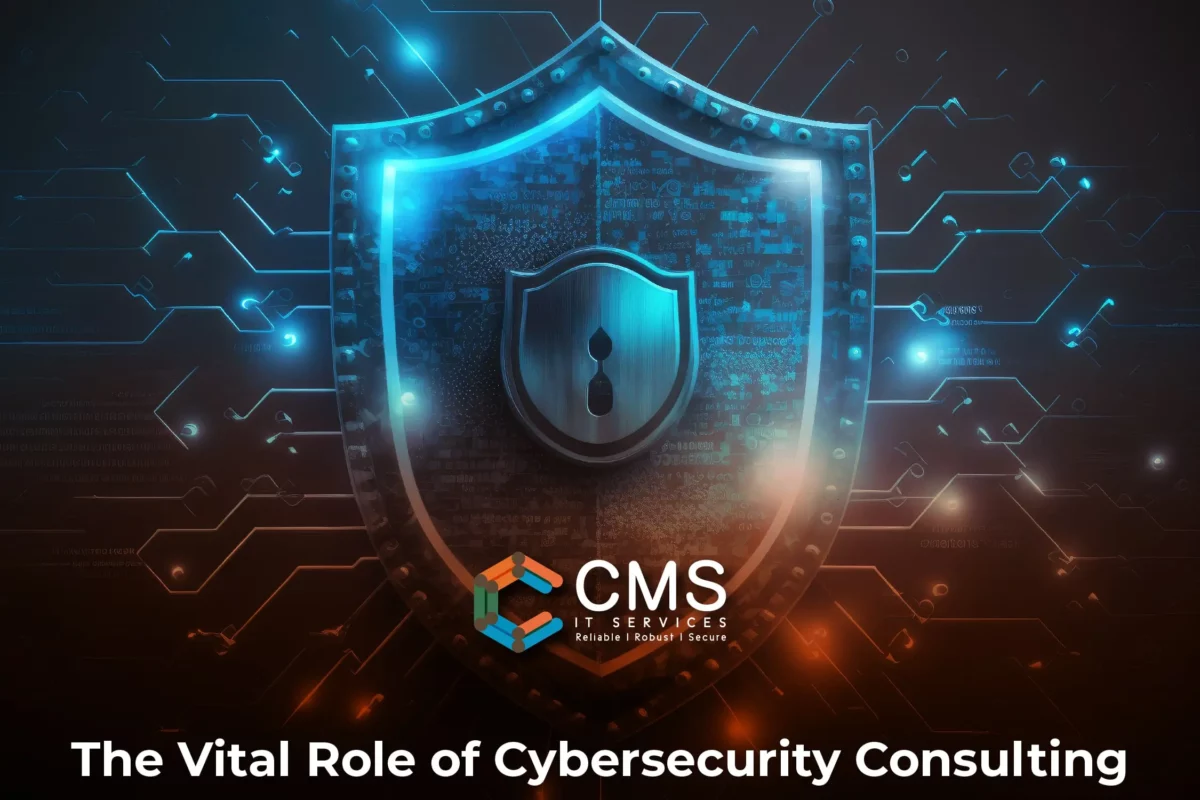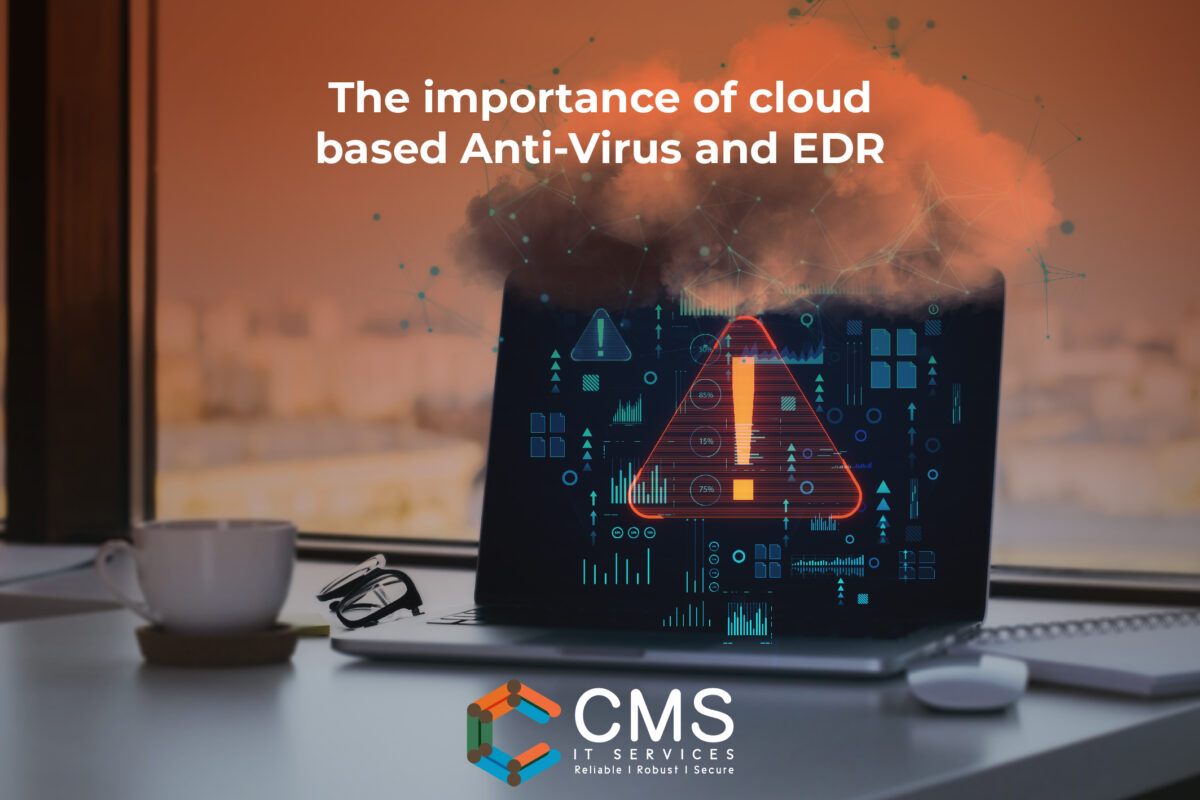In the ever-evolving digital landscape, where data breaches and cyber threats lurk around every corner, safeguarding your organization’s digital assets is non-negotiable. This is where the expertise of cybersecurity consulting comes into play. In this article, we delve into the critical role that cybersecurity consulting, led by Chief Information Security Officers (CISOs) and fortified by strategies like zero trust and penetration testing, plays in securing your digital kingdom.
Understanding Cybersecurity Consulting:
Cybersecurity consulting entails partnering with experts who specialize in assessing, planning, and implementing strategies to protect your digital assets from cyber threats. These professionals, often led by Chief Information Security Officers (CISOs), bring invaluable insights and solutions to the table.
The Role of Chief Information Security Officers (CISOs):
CISOs are the sentinels of your organization’s digital realm. They are responsible for crafting and executing comprehensive cybersecurity strategies that safeguard critical information and systems. Their leadership ensures that cybersecurity is embedded in the DNA of your operations.
Zero Trust: A Paradigm Shift in Security:
Gone are the days of a perimeter-centric security approach. Zero Trust embodies the principle of “never trust, always verify.” This strategy assumes that threats exist both outside and inside the network, prompting continuous verification and authentication, regardless of location.
Penetration Testing: Poking Holes to Strengthen Defenses:
Penetration testing, or “ethical hacking,” is a proactive approach to security. It involves simulating real-world cyberattacks to identify vulnerabilities before malicious actors can exploit them. This practice not only detects weaknesses but also guides the enhancement of security measures.
The Crucial Role of Cybersecurity Consulting:
- Tailored Strategies: Cybersecurity consultants customize strategies based on your organization’s unique needs, aligning security efforts with business objectives.
- Threat Detection and Response: Their expertise aids in identifying threats, vulnerabilities, and anomalies, enabling swift and informed response.
- Risk Management: Cybersecurity consulting guides you in evaluating risks and implementing measures to mitigate potential damages.
- Compliance and Regulations: Consultants ensure that your security measures adhere to industry standards and regulations.
Conclusion:
In the digital age, cybersecurity consulting stands as the bulwark against cyber threats. From vigilant CISOs to ground-breaking strategies like zero trust and proactive penetration testing, these experts empower organizations to fortify their digital assets against an ever-evolving landscape of threats.
Ready to Strengthen Your Digital Defenses? Contact CMS IT Services Today! Discover how CMS IT Services can fortify your digital kingdom with cutting-edge cybersecurity consulting. Safeguard your digital assets and navigate the digital realm with confidence.

